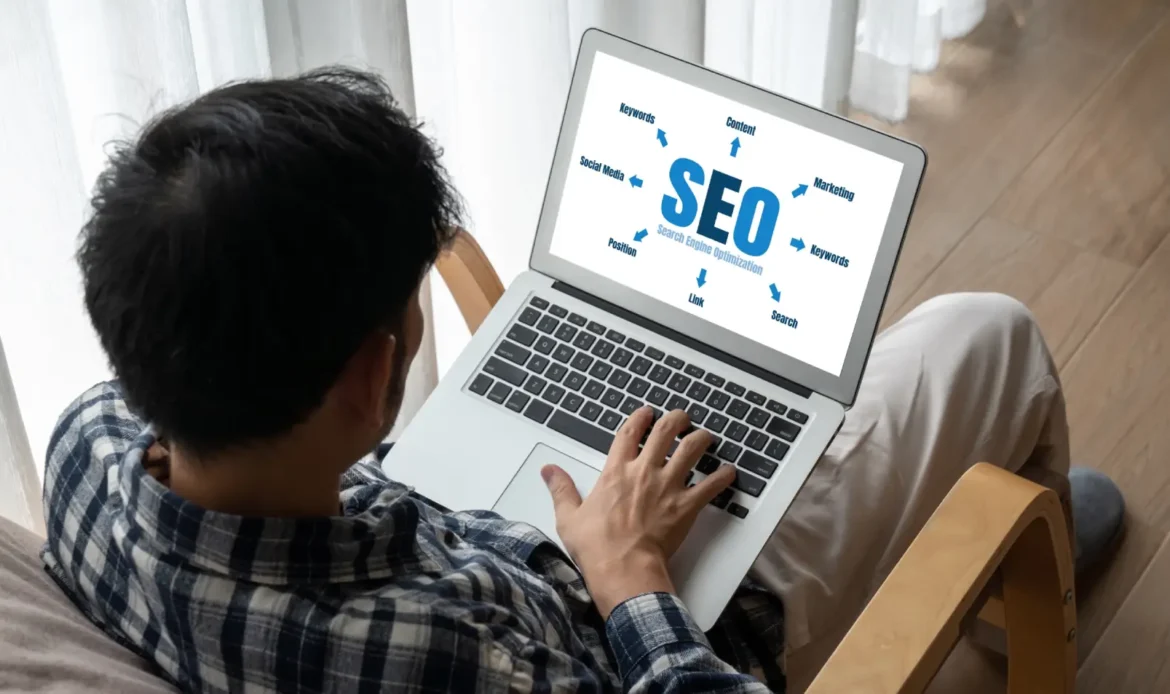Why This Choice Matters for Your Business
Every business faces the crucial question:
"Should I invest in SEO or Paid Ads?"
If your website isn’t keeping up, you’re leaving leads, conversions, and brand trust on the table.
Choosing the right strategy at the right time can save you money, maximize ROI, and accelerate business growth.
Both SEO and Paid Ads have unique advantages and disadvantages. The key lies in understanding which fits your current business stage and long-term goals.
SEO: Long-Term Compounding Growth
What is SEO (Search Engine Optimization)?
SEO focuses on optimizing your website and content to rank organically on search engines like Google, Bing, and Yahoo.
Pros of SEO
- Cost-Effective: After setup, organic traffic is free.
- Credibility & Trust: Users trust organic results more than ads.
- Compounding Returns: Traffic and leads increase over time with minimal extra investment.
- Sustainable: SEO builds a strong foundation that supports long-term growth.
Cons of SEO
- Slow Start: SEO can take 3–6 months (sometimes longer) to show strong results.
- Constant Updates: Algorithms change; regular content updates and optimization are necessary.
- High Competition: In saturated niches, it may be harder to rank.
Paid Ads: Short-Term Traffic Boost
What are Paid Ads?
Paid advertising (Google Ads, Facebook Ads, Instagram Ads, LinkedIn Ads) involves paying for immediate visibility.
Pros of Paid Ads
- Instant Traffic: Ads can start generating traffic within hours.
- Scalability: Easy to increase reach by adjusting your budget.
- Precise Targeting: Reach specific demographics based on interests, behaviors, and location.
- Data Insights: Gain valuable information about audience behavior quickly.
Cons of Paid Ads
- Costly: Traffic stops when you stop paying.
- Lower Trust: Some users skip ads and prefer organic results.
- Ad Fatigue: Audiences may become desensitized if shown the same ad repeatedly.
What to Choose Based on Your Business Stage
Startup or New Business (0–1 year)
- Priority: Quick visibility and lead generation.
- Recommendation: Focus on Paid Ads initially to validate offers, generate early traction, and build a customer base.
Growing Business (1–3 years)
- Priority: Building brand authority and reducing paid acquisition costs.
- Recommendation: Start investing heavily in SEO while maintaining selective Paid Ads for promotions.
Established Business (3+ years)
- Priority: Sustainable growth, strong market positioning, and cost-efficiency.
- Recommendation: SEO should be the primary focus, complemented with Paid Ads for seasonal campaigns or new product launches.
Why a Hybrid Strategy Often Works Best
The smartest approach for many businesses is to combine both SEO and Paid Ads:
| SEO | Paid Ads |
|---|---|
| Sustainable growth | Immediate traffic |
| Builds credibility | Rapid testing of ideas |
| Organic brand awareness | High visibility for launches |
| Lower long-term cost | Flexible scaling based on goals |
How to Build a Hybrid Strategy
- Use Paid Ads to drive immediate traffic while SEO efforts mature.
- Retarget paid visitors organically using content marketing.
- Optimize top-performing Paid Ad content into evergreen SEO blog posts or landing pages.
- Invest SEO resources into ranking for high-conversion keywords identified through Paid Ads.
Final Thoughts: Match Your Strategy to Your Growth Stage
There’s no “one-size-fits-all” answer.
- Need instant visibility? → Start with Paid Ads.
- Want compounding growth and credibility? → Invest in SEO.
- Dreaming of dominating both short-term and long-term? → Combine SEO and Paid Ads smartly.
- Winning online isn’t about choosing one strategy over the other — it’s about timing and smart integration.
Ready to automate and accelerate your growth? Let’s upscale together on the Upsworth
Bret Lee
UI/UX Designer
It is a long established fact that a reader will be distracted by the readablcontent
of a page a when looking at its layout. The point of using Lorem Ipsum is that it
has a more-or less normal distribution of letters as opposed


